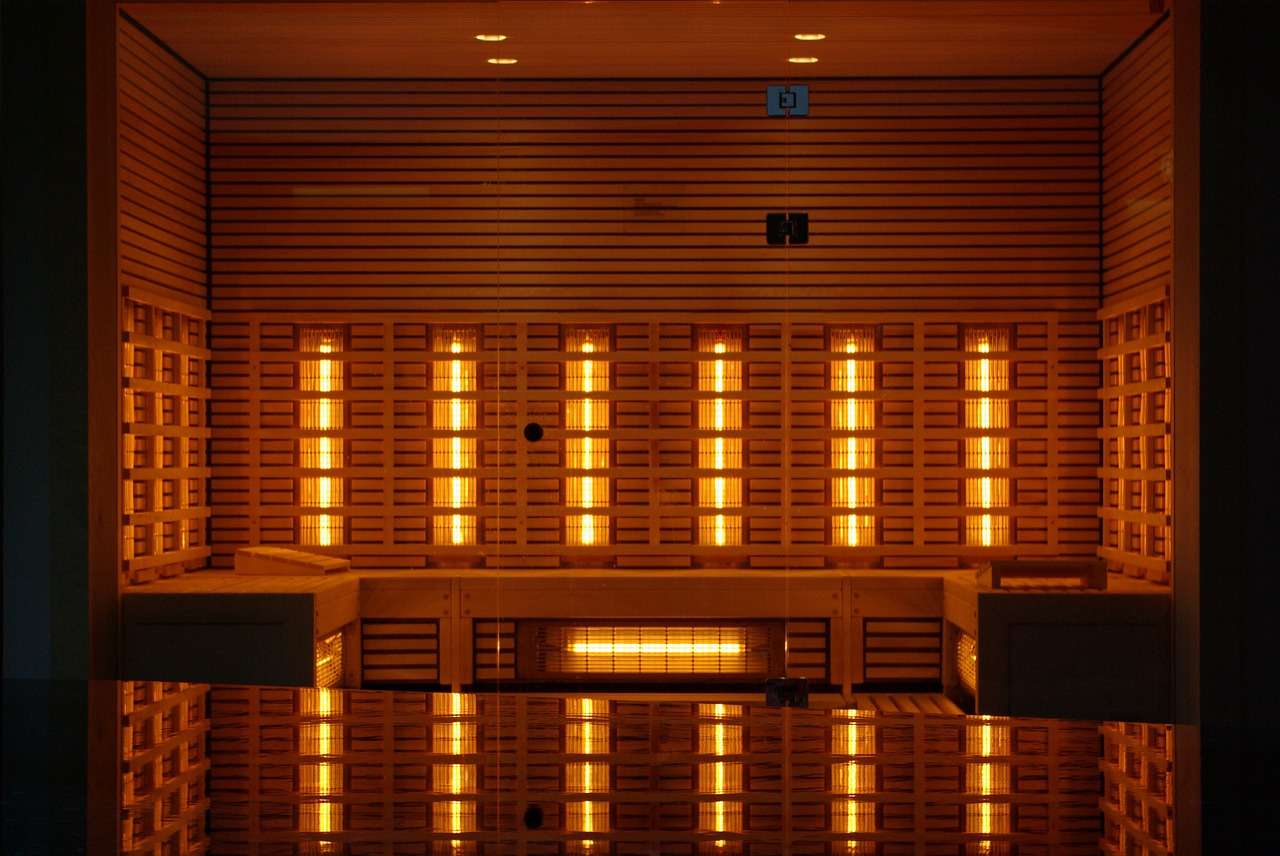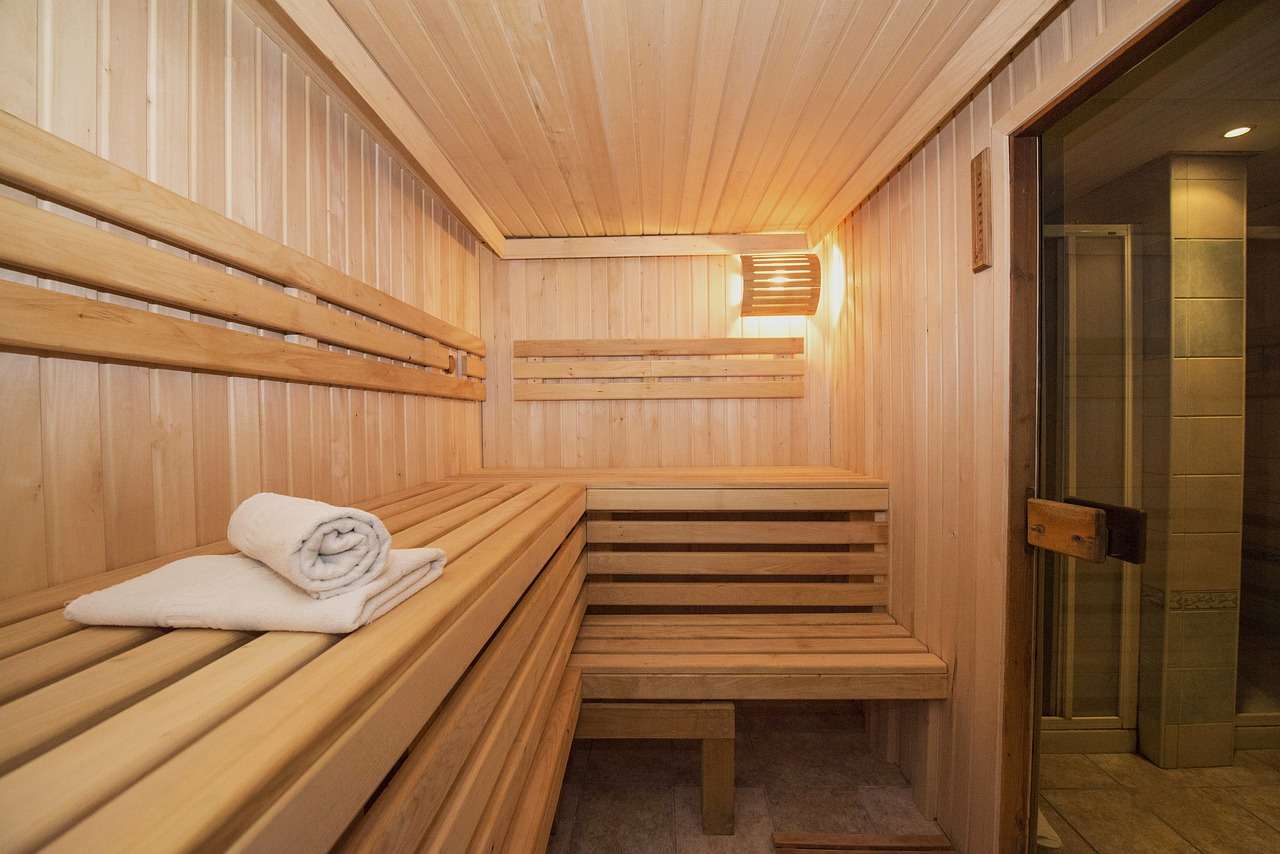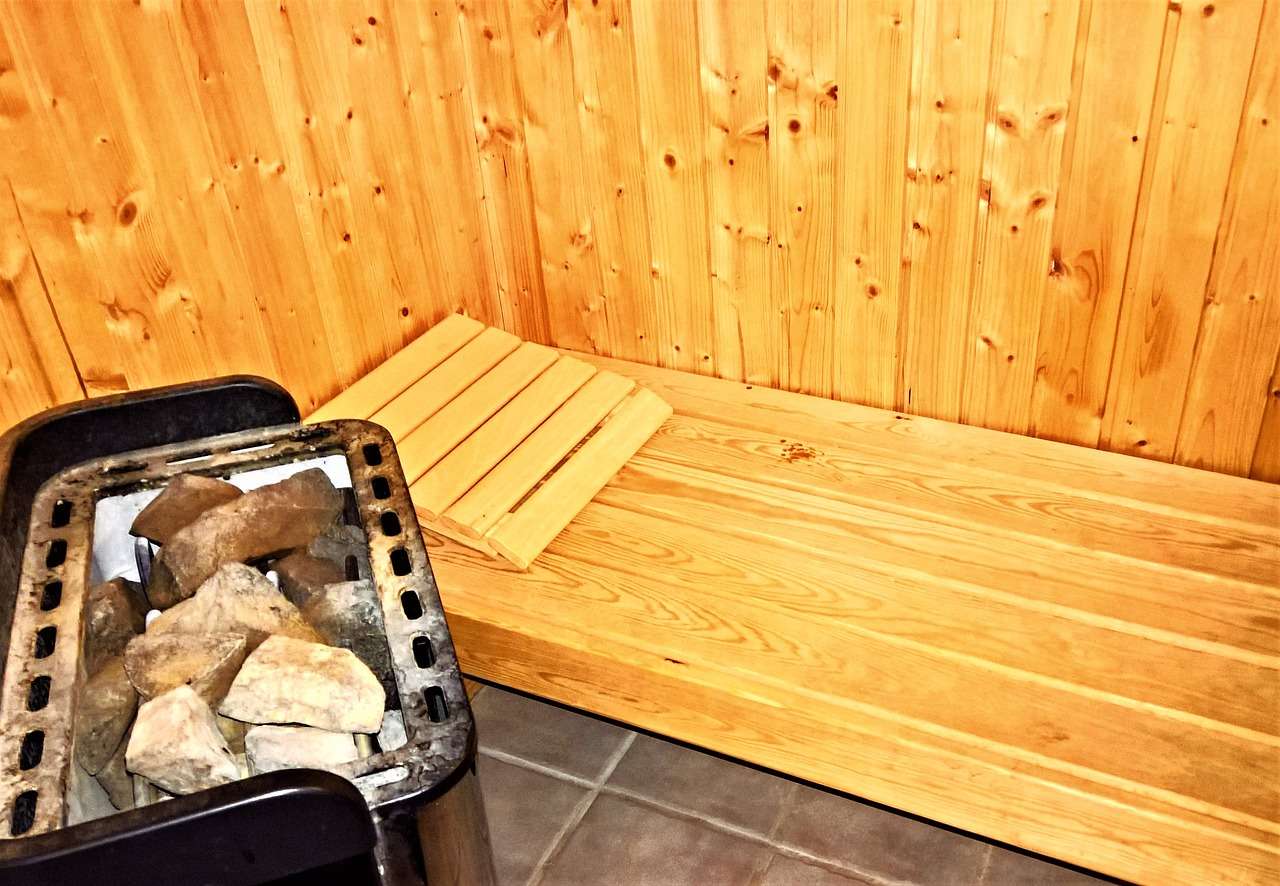
Infrared sauna
Saunas are humid steam baths whose high temperature produces rapid sweat used for hygienic and therapeutic purposes. Its benefits are improved circulation, a more successful perspiration response, muscle and mental relaxation. However, you should know that there are several types: dry and infrared sauna.
The dry sauna is the best known. Its average temperature ranges between 80 ° and 90 ° Celsius. Simultaneously, the infrared sauna uses light to create that heat and is sometimes named a far infrared sauna due to the movement of waves in the light spectrum.
What is an infrared sauna?

Infrared sauna
In recent years, the infrared sauna has become famous and preferred by users because they ensure that it keeps the environment cooler than a traditional sauna.
This type, through light, allows heat to penetrate the body deeply so that people sweat more, even with the temperature lower than that of a common sauna.
The penetration level that the infrared sauna reaches is up to 3.8 centimetres, and this measure allows the heat to reach the muscles and some internal organs. People use it to lose weight in water, as the amount of sweat expelled is higher than any.
Unlike ultraviolet light, infrared promotes cell regeneration. According to the Alternative Medicine Review magazine, the infrared sauna is special for relieving pain, reducing muscle tension, lowering blood pressure, and boosting the immune system. However, it must be taken into account that not everyone can use it.
Types of saunas

Infrared sauna
Now, you must know more information about the different types of sauna that exist. Although infrared is one of the most used and preferred today, others are based on various operating methodologies.
Finnish sauna
The Finnish sauna’s operation is based on heating non-sandstone stones with electric resistances until they are brought to their maximum point to give off dry heat. The average temperature ranges between 80 and 100 ° Celsius.
The humidity level is kept at 15%, which produces a lot of sweating in the people who use it. Among its benefits are the following:
- Improve breathing.
- Eliminate toxins, improving circulation.
- Help the recovery of muscles in athletes.
There are different types of sauna. The choice of one or the other will depend on the state of health, the benefits to be pursued and availability.
Wet sauna
Another way to call it is a Turkish bath. Its operation is based on making a fusion of dry heat and humid heat. Unlike the previous one, the average temperature is at 70 ° Celsius and the relative humidity at 90%.
Its best-known benefit is to relax the body’s muscles, which is why people use it to relieve pain with this origin.
Infrared sauna
As we have already mentioned, this type of sauna is based on infrared rays. In general, they are very easy to install, as they require neither electricity nor plumbing.
What are the possible benefits of the infrared sauna?

Infrared sauna
The therapy that uses the infrared sauna has, among other advantages, an anti-inflammatory effect due to hyperemia. Also, it can be used to promote healing because it stimulates cell tropism.
The same book specified that smooth muscles’ benefits are based on relaxation so that it would be antispasmodic. The action of heat on all nerve endings affects systemic muscle relaxation.
The infrared sauna is useful before exercise or a massage session due to the increased blood circulation in the organs. This is why many of them are found within the gym facilities.
Additionally, infrared therapy has had a very positive response to pain relief. Although some diseases, such as rheumatoid arthritis or osteoarthritis, have no cure, patients have responded well to this type of sauna.
Side effects of the infrared sauna

Infrared sauna
Although the use of the infrared sauna is very wide, medical professionals warn about some side effects or risks. In particular, it is contraindicated in pregnant women and people with heart disease.
Side effects include excessive sweating, excessive sweating, electrolyte and mineral depletion, overheating, and dehydration. So if you decide to use an infrared sauna, you should also try to maintain a good hydration degree the rest of the day.
However, it should be noted that, as long as they are used correctly, the dangers associated with infrared rays are minimal. But you should always consult a doctor if you have any doubts.
Hydration after using the infrared sauna is key. Excessive sweating causes the loss of fluids and minerals from the body.
When should it be avoided?

Infrared sauna
Not all or all of the time, you can use an infrared sauna. Here we will teach you the main scenarios or situations so that you know when this therapy should be avoided:
- Patients with serious cardiovascular diseases.
- Acute inflammation due to increased edema or pain.
- During the menstrual period.
- Recent bleeding.
The infrared sauna for muscle and pain
Unlike X-rays and ultraviolet rays, those emitted by the infrared sauna are not dangerous to health, so their risks are not associated. This sauna heats up for between 10 and 20 minutes and, when entering, the sensation of heat will not be like a blow, but you will feel it in a progressive and non-invasive way.
Taking sessions in this type of sauna should not be a deliberate decision; it should always be accompanied by a doctor’s instructions to avoid any risk and make the most of the benefits. If you have contractures, osteoarthritis, low back pain or muscle spasms due to your physical activity, this therapy will be beneficial.






